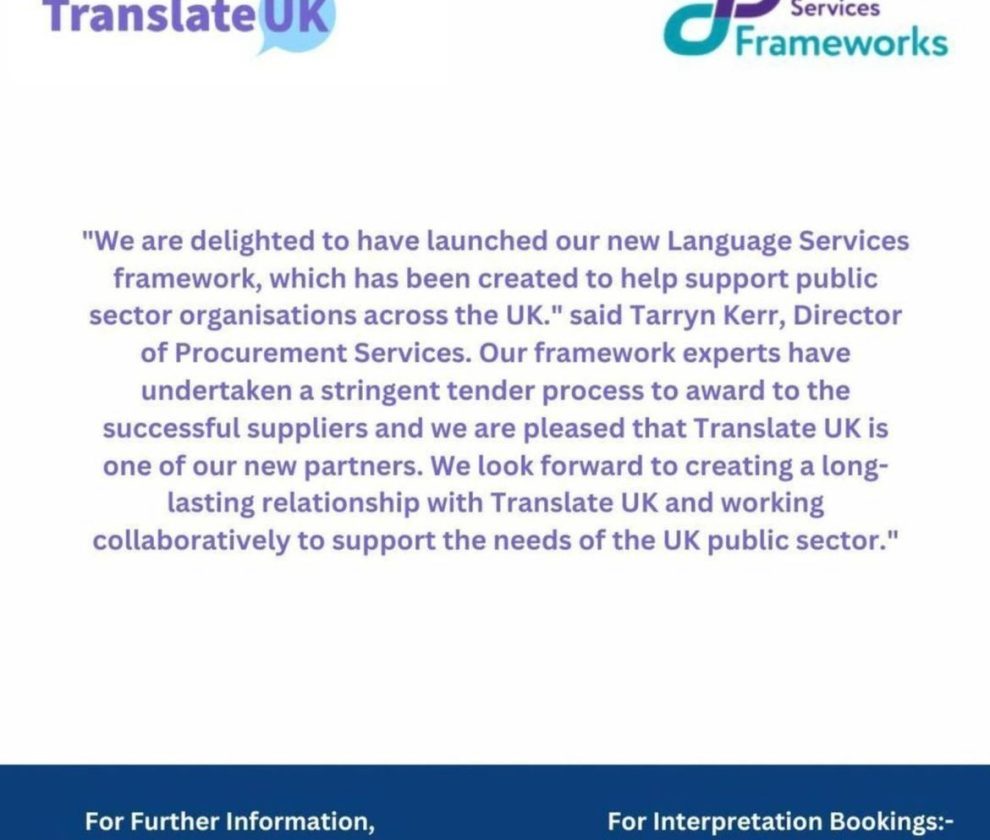Language always has been the bridge connecting people, ideas, and cultures. But now, with the world becoming very closely linked, the requirement of communication across borders has become ever so urgent. Traces of translators have laboured for ages so that we may understand one another; now, the second tool has arrived. AI is reshaping perspectives toward language and translation and opening doors we could barely imagine even a decade ago.
The rise of AI in translation
AI ceased to be just a buzzword floating in the techland. It had already mixed itself into our daily lives. From voice assistants on the phones to predictive texts in messaging applications, AI has been making great strides in translation. Machine learning based neural networks nowadays equip software to deal with languages with an accuracy that seemed improbable before. Hours of labour now turn into seconds.
To top it all off, AI learns from the user itself! Every time you use a translation application, the algorithm understands patterns, idioms, and culture. The cycle of learning keeps going, which means the more we rely on AI translation, the better it becomes at identifying context, tone, and even humour.
Where AI excels
AI powered translation shines in areas where speed and scale matter most. Large volumes of text, say product descriptions, customer reviews, or instructions for use, can be translated within minutes without having to wait for days for the final version. This is a huge help to companies that have international operations, allowing them to update websites, release campaigns, and immediately address their target audience. These are areas where such translations are very useful.
It is also necessary to promote accessibility. Real time translators enable breaking down barriers in education, health, and travel governance systems, allowing all users to access important information regardless of location or language.
The human touch still matters
Despite how fast and powerful AI is, AI is not perfect. Languages are complex, with a layer of culture attached to meaning. Anyone who has laughed at a poorly translated sign knows that the meanings of languages have less to do with just the words than with context. Human translators provided cultural and emotional nuances as well as other subtleties that AI cannot alone provide.
This is why the best work often comes from the two together. AI will do the majority of translation, and human translators can work through the majority of the source text to bring it to a place that seems authentic and natural and culturally appropriate. Technology and human knowledge are building the foundation for the future of translation.
Looking ahead
With ongoing evolution in AI, we are going to witness even more advanced tools that understand context on a deeper level and maybe one day will capture the rhythm and beauty of poetry or the charm of a joke. It is clear that the function of translation is only expanding rather than hastening the death process, aided by machine translators in speeding it up and making it widely accessible, whereas the human translators always remain to ensure the heart of communication is not lost.
With the coming of this new dawn in language, organisations such as Translate UK bring together the best of all worlds. By combining technology and professional knowledge, they ensure that communication is clear, meaningful, and ultimately human.
If you are interested in knowing more about how Translate UK can cater to your need for linguistic translation, check out the services.



